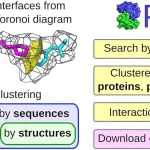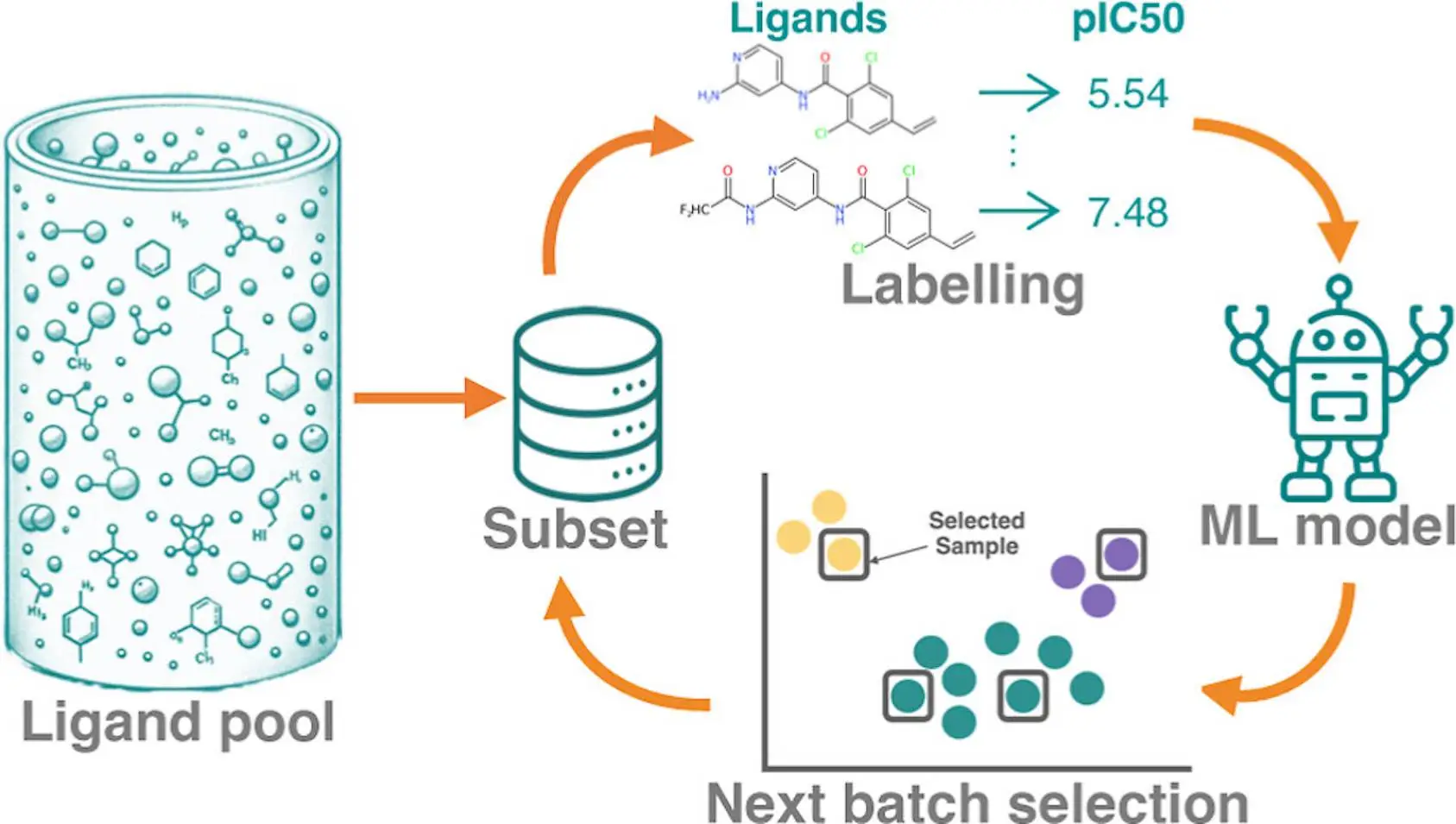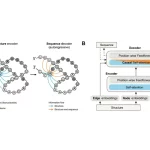Scientists from the Regenstrief Institute, IUPUI, Indiana University, and the University of Miami are using Artificial Intelligence to identify undiagnosed cases of dementia in primary care settings as part of the Digital Detection of Dementia (D3) study. The study aimed to improve the timely diagnosis of dementia and provide diagnostic services to those who have been identified as cognitively impaired.
The researchers developed an AI tool called a Passive Digital Marker, which uses a machine learning algorithm and natural language processing to analyze a patient’s electronic health record. The tool combines structured data, such as notes about memory problems or vascular issues, with unstructured information to identify potential indicators of dementia.
Alzheimer’s disease and other forms of dementia (ADRD) impact millions of Americans and their caregivers, with an annual societal cost of over $200 million. Unfortunately, many people with ADRD go undiagnosed, and even when a diagnosis is made, it often comes 2 to 5 years after the onset of symptoms, when the disease is already in the mild to moderate stage. This delay in diagnosis reduces the chances of improving outcomes through drug and non-drug treatments and prolongs the expense of medical care. Also, delayed detection results in increased disabilities for patients, families, and society, and traditional methods such as cognitive screening tests and biological markers often fail to detect ADRD in primary care.
Most tests that are commonly used in primary care settings are not effective at detecting Alzheimer’s disease and related dementias (ADRD) in people who have a high cognitive function and are not suitable for use with multicultural populations.
To overcome challenges in detecting ADRD in primary care, the researchers created a machine learning algorithm called the Passive Digital Marker (PDM). It can accurately predict ADRD up to one or three years before it is diagnosed by analyzing routine electronic health records, including data on diagnoses, prescriptions, and medical notes.
The algorithms were trained and tested using electronic health record (EHR) data from incident cases of Alzheimer’s disease and related disorders (ADRD) and non-ADRD controls. The algorithms take into account demographic and medical features such as age, sex, race, and information from prescription, diagnosis, and treatment records. In tests, the PDM was able to accurately predict dementia with an 80% accuracy rate for a one-year prediction horizon and a 77% accuracy rate for a three-year prediction horizon.
The study will examine the use of two types of digital tools: patient-reported outcomes (PROs) and passive clinical decision support systems (pCDSS). PROs are online tools that allow patients to report their own symptoms and experiences, which can be used to detect changes in cognitive function. pCDSS are computer programs that automatically analyze patient data, such as electronic health records, to identify potential signs of dementia.
The Digital Detection of Dementia study includes a clinical trial that is underway in Indianapolis, and another is planned to begin in Miami in early 2023. The study consists of three groups, or “arms,” including a control group that receives the typical primary care approach, a group that uses a digital marker based on artificial intelligence, and a group that uses the digital marker in combination with a patient-reported outcomes survey. For a period of two years, all participants in the study will have their electronic health records monitored to determine the number of new cases of Alzheimer’s disease that were identified and recorded.
The study is expected to include 7,200 participants who are 65 years of age or older, have visited a primary care practice in the past year, and are able to communicate in either English or Spanish. These participants will be split evenly between Indiana and Florida. To be a part of the study, individuals must have electronic health record data available from the past three years and must not currently reside in a nursing home or have a serious mental illness.
Passive digital markers are developed by analyzing electronic health record (EHR) data to identify individuals at risk of developing Alzheimer’s disease. This approach is beneficial because the information has already been collected, so there is no need for extra effort from patients or healthcare providers. Machine learning algorithms and natural language processing are used to analyze the EHR data, providing a non-invasive and cost-effective method for identifying individuals at risk for Alzheimer’s disease.
Through this study, the researchers want to demonstrate that patient-reported outcomes and passive clinical decision support systems can be effectively utilized in real-world settings, ultimately leading to benefits for patients and their families. By combining a patient-reported outcome with a passive digital marker, this innovative approach offers a sensitive way to identify mild cognitive impairment, Alzheimer’s disease, and related disorders while being a low burden for both patients and clinicians in terms of ease of use.
The research will determine whether the passive digital marker tool and the patient-reported outcomes tool can be effectively used in primary care practices and whether they can be scaled for widespread use. The goal of the D3 study is to confirm the suitability of these digital tools for detecting dementia in primary care settings. Both of these tools are inexpensive.
Final thoughts
The “Digital Detection of Dementia (D3)” study is a significant step towards improving the detection and diagnosis of dementia. By examining the use of patient-reported outcomes (PROs) and passive clinical decision support systems (pCDSS), the study aims to determine whether these digital tools can improve the accuracy and timeliness of dementia detection compared to traditional methods. The use of PROs and pCDSS could revolutionize the way dementia is detected and diagnosed, leading to earlier interventions and better outcomes for patients. The low cost of these tools makes them a promising and accessible solution for improving dementia detection. The results of this study will be eagerly anticipated, as they have the potential to significantly impact the lives of those affected by dementia and their families.
Article Source: Reference Paper | Reference Article
Learn More:
Top Bioinformatics Books ↗
Learn more to get deeper insights into the field of bioinformatics.
Top Free Online Bioinformatics Courses ↗
Freely available courses to learn each and every aspect of bioinformatics.
Latest Bioinformatics Breakthroughs ↗
Stay updated with the latest discoveries in the field of bioinformatics.
Dr. Tamanna Anwar is a Scientist and Co-founder of the Centre of Bioinformatics Research and Technology (CBIRT). She is a passionate bioinformatics scientist and a visionary entrepreneur. Dr. Tamanna has worked as a Young Scientist at Jawaharlal Nehru University, New Delhi. She has also worked as a Postdoctoral Fellow at the University of Saskatchewan, Canada. She has several scientific research publications in high-impact research journals. Her latest endeavor is the development of a platform that acts as a one-stop solution for all bioinformatics related information as well as developing a bioinformatics news portal to report cutting-edge bioinformatics breakthroughs.






